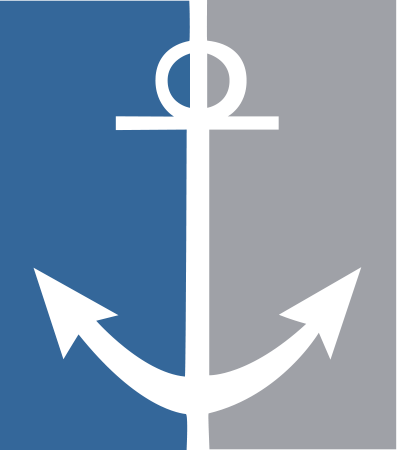Industry Overview
Learn more about the Great Lakes Seaway shipping industry.
The Great Lakes Seaway Navigation System
The five Great Lakes, their connecting channels, and the St. Lawrence River form one of the longest deep draft navigation systems in the world. This bi-national waterway has been a foundation of the region’s economy for more than 200 years. In a time before railroads and highways, the Great Lakes and St. Lawrence River served as the primary transportation system.
Great Lakes Seaway Ports
Commercial shipping serves more than 100 individual ports in the eight Great Lakes states and the provinces of Ontario and Quebec. These ports range in size and configuration. Simple ports feature a single dock where ships tie-up to load or unload cargo for a single facility. Other ports are complex with multiple docks serving a variety of industries.
Great Lakes Seaway Ships
The largest Great Lakes freighters are massive and can carry more than 70,000 tons of cargo in a single voyage. Stood on end, these ships would be as tall as a 100 story building. Ships offer the most efficient means of transporting large quantities of cargo. For example, the largest Great Lakes vessels can transport the same cargo as 700 rail cars or 2,800 trucks.
Great Lakes Seaway Cargoes
While all types of cargo are transported on the Great Lakes-Seaway system, bulk cargo dominates commercial shipping in the region. Transportation of these cargoes serve the region’s farmers and manufacturers. Other cargoes include break bulk, containerized and project cargo.

